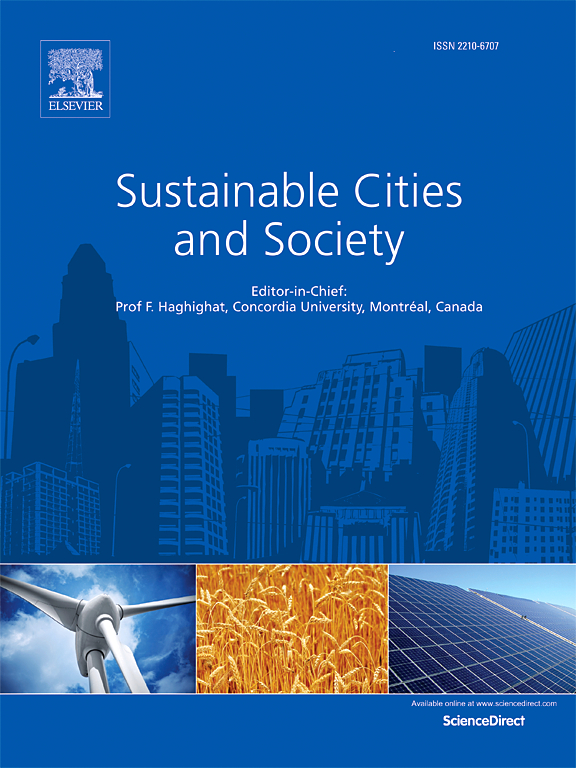Towards high-resolution pollutant mapping in narrow spaces: Integrating fixed sensors, mobile robots, and enhanced reconstruction techniques
IF 10.5
1区 工程技术
Q1 CONSTRUCTION & BUILDING TECHNOLOGY
引用次数: 0
Abstract
Narrow spaces—including underground tunnels, subway platforms, corridors, overpasses, and public transportation vehicles—are prone to pollutant accumulation due to spatial constraints and limited ventilation, posing significant health and safety risks. Achieving high-resolution mapping of pollutant distribution patterns is crucial for mitigating these risks, yet traditional monitoring methods often fail to adequately address the trade-offs between temporal and spatial resolution. This study introduces an innovative monitoring and analysis framework designed for the efficient dispersion of pollutants in ventilated narrow spaces. It integrates fixed sensors for high temporal resolution data acquisition, mobile robots for enhanced spatial coverage, and advanced field reconstruction methods—specifically, Kernel DM+V/W+ and Kernel DM+V/W++ methods—to extrapolate limited sampling data into high-resolution concentration fields. The efficacy of this framework is demonstrated through meticulous ethanol and methane dispersion experiments conducted in a long corridor and a scaled-down utility tunnel model, respectively. The results underscore the framework’s capability to precisely depict pollutant distributions, effectively extrapolate concentrations to unmonitored areas, and produce comprehensive environmental distribution maps. This novel approach not only significantly enhances the precision of pollutant distribution reconstruction but also optimizes sampling strategies and improves overall monitoring efficiency.
求助全文
约1分钟内获得全文
求助全文
来源期刊

Sustainable Cities and Society
Social Sciences-Geography, Planning and Development
CiteScore
22.00
自引率
13.70%
发文量
810
审稿时长
27 days
期刊介绍:
Sustainable Cities and Society (SCS) is an international journal that focuses on fundamental and applied research to promote environmentally sustainable and socially resilient cities. The journal welcomes cross-cutting, multi-disciplinary research in various areas, including:
1. Smart cities and resilient environments;
2. Alternative/clean energy sources, energy distribution, distributed energy generation, and energy demand reduction/management;
3. Monitoring and improving air quality in built environment and cities (e.g., healthy built environment and air quality management);
4. Energy efficient, low/zero carbon, and green buildings/communities;
5. Climate change mitigation and adaptation in urban environments;
6. Green infrastructure and BMPs;
7. Environmental Footprint accounting and management;
8. Urban agriculture and forestry;
9. ICT, smart grid and intelligent infrastructure;
10. Urban design/planning, regulations, legislation, certification, economics, and policy;
11. Social aspects, impacts and resiliency of cities;
12. Behavior monitoring, analysis and change within urban communities;
13. Health monitoring and improvement;
14. Nexus issues related to sustainable cities and societies;
15. Smart city governance;
16. Decision Support Systems for trade-off and uncertainty analysis for improved management of cities and society;
17. Big data, machine learning, and artificial intelligence applications and case studies;
18. Critical infrastructure protection, including security, privacy, forensics, and reliability issues of cyber-physical systems.
19. Water footprint reduction and urban water distribution, harvesting, treatment, reuse and management;
20. Waste reduction and recycling;
21. Wastewater collection, treatment and recycling;
22. Smart, clean and healthy transportation systems and infrastructure;
 求助内容:
求助内容: 应助结果提醒方式:
应助结果提醒方式:


